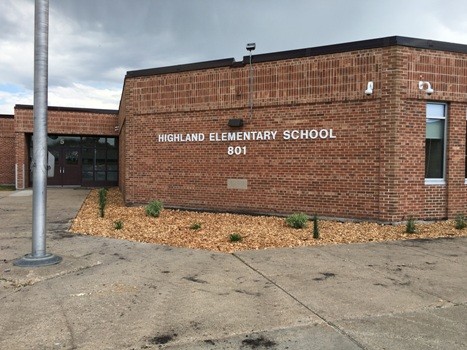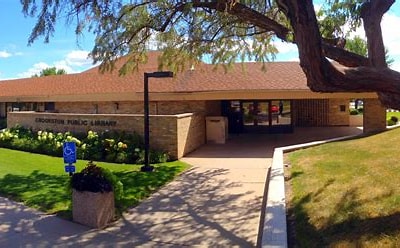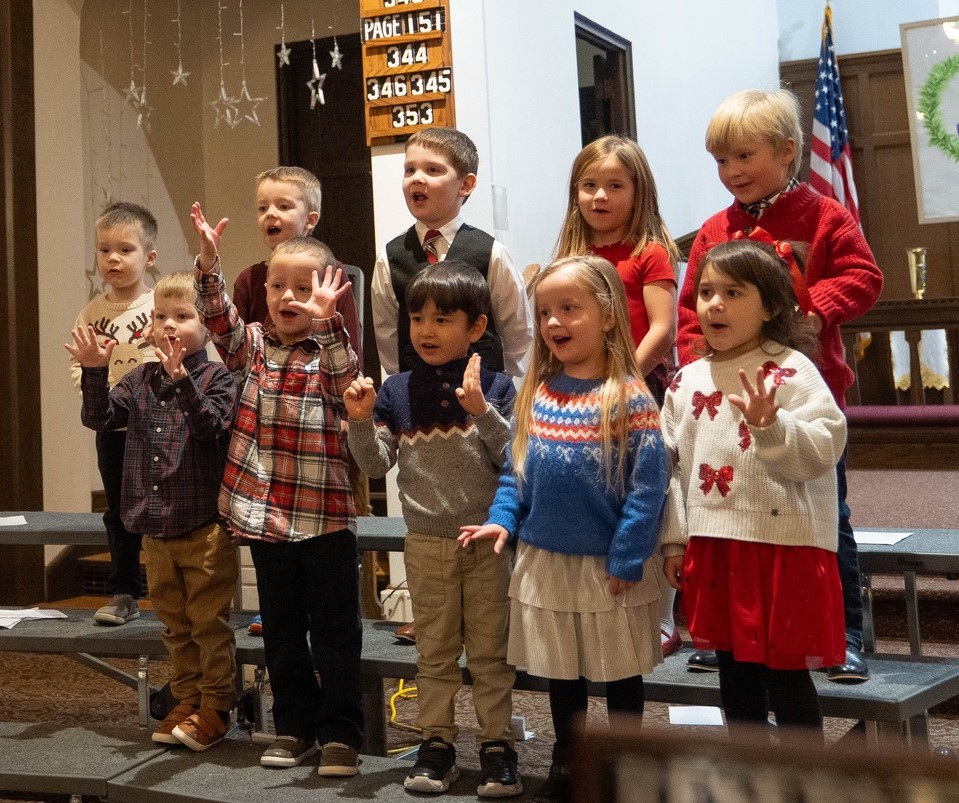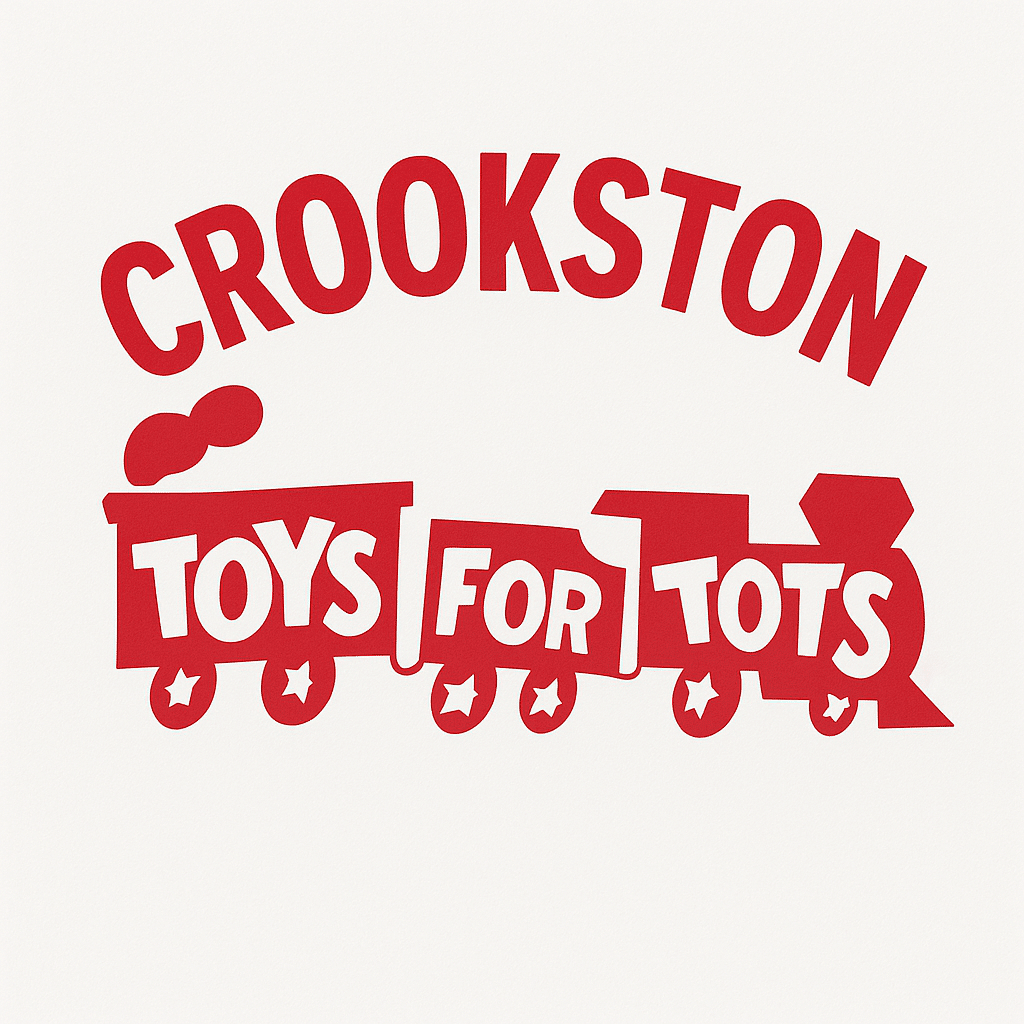The Minnesota Department of Education recently identified Highland Elementary as a school that is having great outcomes for homeless students.
In 2019, approximately six percent of students at Highland Elementary were identified as homeless. Family Service Specialist Tara Miller said homelessness in the climate of northwest Minnesota can be more difficult to identify. “Homeless students is kind of a vague term to discuss in rural, cold country,” said Rodriguez. That’s because lots of people believe we don’t have a lot of homeless because we don’t have the living on the street population of homeless. But what the state defines homeless as is anyone living doubled up due to economic or financial hardships, living at the Hope Center or Care and Share, living in a hotel or vehicles. There’s a lot of variations to that. I think over time we’ve been able to better identify who those students are. And understanding that if you’re living doubled up or you’re in a situation where you’re not in your own housing, that you maybe have some challenges that are more unique to your family than the typical student.”
In 2019, 63.4 percent of the students identified as homeless at Highland were meeting or exceeding expectations up from 23.8 percent in 2017. Rodriguez said Crookston uses a whole school approach to provide support. “We’ve tried to incorporate a whole-school approach to that,” said Rodriguez. “Our title department makes sure that those students get some extra support knowing that sometimes maybe you don’t have a quiet place for homework. Or the ability to get a lot of help on your schoolwork because maybe the adults in your home are really focused on getting your basic needs met. We’ve just been able to better identify and support those students as a whole school which I think has really improved the success for those kids.”
Rodriguez added that trauma education is among the tools that have helped Crookston. “I think one of the huge things was as a staff we took part in some trauma-informed education knowing that facing homelessness is certainly a traumatic event for families,” said Rodriguez. “And how can we support those students. All of those trauma-informed practices benefit every child but especially students that are homeless. We also make sure that we have some basic needs met for kids. We have some funding to be able to purchase backpacks, school supplies, winter gear. Sometimes even as simple as an alarm clock or some hygiene products, whatever might be impeding getting here. I think everyone is more aware of what it might take to successfully come to school whether it’s our front desk staff, classroom teacher, paraeducators, special ed department. I think as a whole school we have the idea we’re going to look for these things across all of our students so it’s not just one person’s role to accommodate homeless students.”
Developing relationships is also important to identify homeless students, and providing them with the support they need. “We’ve really relied on good relationships and a non-judgmental approach to identifying that,” said Rodriguez. “It isn’t something that a lot of people come in and want to identify. We have Jana (Hodgson) and Crystal (Rock), and other admin assistants in the district who are so kind and empathetic that if somebody is willing to share about what brought them to Crookston, they are able to help identify them as homeless in a way that makes them feel like they were identified with dignity and respect which makes such a huge, huge difference. There are other people in the district that may notice whether it’s Anna Ogaard-Brekken through a lunch application or different folks that know to look for what would signify a student as homeless. And then, I think because we’ve built good relationships with families, they trust us to share that information more than in the past.”
COVID-19 has been tough on students, but Rodriguez said it’s also led to more funding to support students experiencing homelessness. “Some small silver linings, maybe, of COVID are that we’ve had increased funding to support families that struggling financially,” said Rodriguez. “There are increased protections for people that are falling behind in their rent because there is some accommodation for evictions that didn’t exist pre-COVID. So, hopefully, families are maybe finding ways to prevent homelessness. Or if they do find themselves in a situation of homelessness, there are more supports.”
Without the on-the-street population most commonly attributed with homelessness, it may be easy to forget the impact of homelessness in the Crookston community. “I think it’s good to make sure that people are aware that this is impacting students and families in our community,” said Rodriguez. “And that we do have lots of supports for people. And if they find themselves in a situation of needing support for that, school is a place that you can safely share that information.”
Staff at Highland School will be meeting with staff from the Minnesota Department of Education to identify creative and unique best practices used to close the achievement gap in Crookston and disseminate information on those practices to schools statewide.




